Written by Hongyu Zhao, MD, PGY-2 and Qing Meng Zhang, MD, PGY-2 at Kaiser Permanente…
Another long week…
Posted by Kevin Quinn, MD (a second year pediatric resident from Kaiser Permanente Oakland serving a global health elective at University Teaching Hospital in Lusaka, Zambia).
Another week gone by here at UTH- I’m starting to get a lot better with IV’s and blood draws, carrying around 2 AA and 2 C-cell batteries in my man-purse (is that better than fanny pack?) for when the laryngoscopes are mysteriously without, getting the hang of dosing euro-preparations of antimalarials and antiretroviral cocktails. Now if I could only find some bulb suction or even a turkey baster…
The theme of the week is malnutrition, as we seem to have an unusually high percentage of admits so far off the growth curve that conventional percentiles are meaningless (we use number of standard deviations down, with my personal worst being -5.61 SD). The residents here can spot them a mile away, and I’m starting to pick up the signs- the weak high-pitched incessant cry, the (sometimes horrific) skin problems including frank sloughing/denudement, the peripheral edema, the general wasted appearance, the skin that sticks straight out after you’ve pinched it like play-doh. Often the scalp veins are the only ones we’re able to access, I guess it cuts down a bit on lice (at least for half the head). There’s a whole protocol for treating the kids with conservative fluids, low-electrolyte oral feeds, antibiotics, usually antifungals, vitamins/minerals, etc. The malnutrition ward is absolutely overflowing to the point where only the most tenuous infants are admitted there (the rest triaged into the general wards). There’s a geographic progression in the malnutrition ward- as the babies are able to tolerate PO’s more they graduate to the next row…then the next… until they’re against the windows and the next step is freedom back into the real world. I’ve never really cared about whether kids are picky eaters or not, but here it is literally the infant’s ability to tolerate the taste of the little nutrition paste packets that determines whether they live or die.
Another common lengthy hospital stay is the dreaded FUO (fever of unknown origin), where kids have daily fevers for 10+ days (I think my little 4 yo girl in ward A08 is going on >30 days now) without an identifiable source of infection. As someone who enjoys infectious disease enough to handcuff myself to it for a fellowship, I’ve always enjoyed a good FUO. It’s a license to break out all the zebra infectious diagnoses from medical school- has the patient had contact with rabbits? Animal urine? Eating queso fresco? Hanging around in barns with birthing livestock? Bitten by a tick? Unfortunately, here a vast majority of the population is routinely kicking around waist-deep in rainwater (+/- human waste, depending on how deep the pit toilet (if any) was dug), has close contact with rats and vermin, eats and drinks from highly questionable sources and walks miles through high grass for miles every day. Without much diagnostic testing (we get blood counts pretty consistently, everything else is roulette), you have no choice but to pick your best-guess initial antibiotic and then upgrade every few days based on clinical progression.
In contrast to the paucity of laboratory facilities, there’s a decent stockpile of drugs here. For antibiotics, we have pen G, amox, gent, chloramphenicol (a great drug that’s even better since nobody’s going to diagnose any bone marrow failures you cause), TMP/SMX, keflex, cefotax, ceftriaxone, and cipro. For antiepileptics we have phenobarb and tegretol and sometimes valproate (leading to the dilemma of whether you start a home anticonvulsant for a child that might not be available next week). We’ve got valium (IV, which can be used rectally in a pinch) and oral morphine. We’ve got IV and PO steroids, PO albuterol, and last week we got one albuterol inhaler for the hospital (with spacer!)- previously I was using my own inhaler and a rolled up piece of paper- who would’ve thought having asthma myself would be so useful? We’ve got theophylline that scares the heck out of me after seeing a patient develop seizures and SVT, possibly from the drug. There’s no lidocaine so LP’s and minor procedures are done without anesthesia, 1800’s-style (and not even a swig or two of brandy available!). Some drugs (inhaled steroids, acyclovir) have to be bought by parents downtown and then brought to the hospital for use. Benadryl isn’t available and apparently is a controlled substance here. All in all though, it’s quite a workable formulary.
While a huge pile of cash for education and infrastructure would be great, there are many opportunities for improvement that don’t necessarily require substantial capital investment. It’s really quite frustrating to be attempting a resuscitation only to find that there are laryngoscopes, but they are locked up in another unit and when found, have no batteries. Maybe there’s an ambu-bag, but maybe the seal is broken and useless. With a 3 yo girl with pulmonary edema and foam pouring out of her mouth and nose, we had two suction machines available but neither worked. Of course, as one resident astutely pointed out, there weren’t many options for care even with successful intubation- there is one ventilator in the PICU but no blood gasses available, and nobody (myself included) is too excited about hooking anyone up to it given the situation. We have 2 O2 sat monitors in the PICU but none in the ED where they’d be more useful. All in all, it’s a pretty sobering reminder of just how dependent we are on technology to provide even the most basic critical care.
We might be lacking in potential interventions, but there’s no shortage of physical exam findings. Abdominal distention is pretty much a given, hepatosplenomegaly is near universal, murmurs abound, and last night I for the first time saw a poor little boy with suture diasthesis and a “crack-pot” sign- a distinct coconut-on-coconut sound when his head was tapped- his separated sutures hitting together (he had a neuroblastoma with metastasis). We have a girl with rheumatic heart disease and cardiomegaly who probably tossed a clot and had a CVA due to atrial fibrillation uncontrolled on the antiarrythmic available (digoxin). There’s a guy with Grave’s disease whose family couldn’t source his meds and so is flagrantly symptomatic. A little baby vomited worms all over the ED exam table the other night, I almost did the same (hopefully without the worms). Oddly, I don’t see a lot of dermatologic chief complaints- perhaps a wicked case of whipworm isn’t considered worth the journey (one mother this morning walked 21km to the hospital!).
In addition to the hospital, I’m starting to get the hang of routine life in Zambia. An abnormally large percentage of my time and brain are devoted to clothing cares- the wash-wring-rinse-wring-rinse-wring cycle of hand washing, the sprints into the yard to rescue items off the line when the afternoon rain hits, the mindless ironing of everything I own to kill any Bots fly eggs laid in the items when they’re drying (the Bots fly larvae are the ones that crawl into your skin and you have essentially no choice but to wait a few weeks while they wriggle around before hatching and flying away unless you want massive scarring). Even the more cavalier Zambians will at least iron their underwear under the theory that some Bots infestation locations are worse than others. I’ve enjoyed learning Nyanja from the cook at the hospital who makes my daily nshima, the absolute staple of Zambian life, a grits-like lump of reconstituted maize served traditionally with beef stew, roast/fried chicken, capenta (little inch-long fishes), or sausage. Local tradition holds that a person is unable to work without nshima (not just food… nshima) as their strength will suffer, and n=1 but it certainly seems to keep me going better than the burritos and pizza back home. Saw Avatar at the local mall, the concession stand of which I was elated to find outfitted with a Slush Puppy machine, something I haven’t seen in the states since maybe the mid-eighties. Zambians are almost universally polite and accommodating, which my Zambian housemates feel is responsible for the very modest (for Africa, at least) history of violence in the country. While some sub-Saharan African nations had their territory parceled out in the European land grab of the early 1900’s to arbitrarily include 2 or 3 major tribes with resultant bloodshed in an attempt to establish a majority by attrition, Zambia has something like 73 tribes living in relative harmony. On my own team, we have 2 members of the Bemba tribe, one from Chipata, and our intern is from Malawi. Everyone speaks a little of all the major languages, and I’m learning a bit of Bemba, Nyanja, and Tonga. Luckily, most people at least understand even if they don’t speak some English, and chances are if one mother doesn’t there’s another within arm’s length who can help translate.
As more and more children with grim prognoses roll into the admitting ward, it’s hard not to contemplate the source of their illness. Education is a big business in Zambia, with the general consensus that you get what you pay for, but in the poorest regions the educational opportunities are obviously lacking and the mothers often have very little knowledge of basic childcare. The medical community is hardly blameless considering our relatively recent (now-reversed) stance to limit breastfeeding as a result of possible transmission of HIV. The vast majority of impoverished areas have no remotely dependable source of clean water, and infant formula is expensive, so if a mother does not breastfeed the child is probably given formula mixed with likely contaminated water, or else some other likely inappropriate food source as formula is quite expensive. By all accounts Zambia, is a success in the prevention of mother to child transmission of HIV with good government policies and antiretrovirals available to all (at least in theory), but the number of yellow dots on charts (indicating positive retroviral status or, in the case of a positive test from the mother, exposure for the infant) the morning after admission seem to paint a less rosy picture. And of course with retroviral disease (RVD as it’s called here) comes the opportunistic infections- such as the infants with horrific pneumonias and septic appearance who die each night in the nursery.
Faced with an endless queue of severely ill patients with preventable disease and a healthcare team that is overwhelmed by sheer volume, I’ve become more interested (as I think anyone with such an experience does) in prevention instead of treatment. Safe water, vaccines, safe sexual practices, education, sanitation, and nutrition would form a cornerstone of health that we take for granted but is unavailable to so many of the families here. Lusaka (and especially Kabulonga, the neighborhood in which I live) is home to a massive number of NGO (non-governmental organization) and government aid organizations, all with good intentions and active projects. I find myself thinking cynically that the outlook for Africa is poor as so many well-meaning, intelligent, well-connected foreigners with financial backing have seemingly utterly failed to promote positive change in this subcontinent. And with teenage pregnancy seemingly the norm and sexual activity described to me as the only recreation available to persons in the poorest areas, it isn’t uncommon to meet mothers of 7 or more children (personal best: 21). The population is booming, so obviously the sad little bundles wrapped in colorful blankets lined up for death certification every morning as I arrive are numerically being replaced and then some. And perhaps that’s the true value to the naïve and cynical resident of a stint in a resource-poor community hospital- the knowledge that the seemingly insignificant loss of yet another child somewhere previously half a world away seems a lot less insignificant when the crying mother looks at you and asks you why her child is cold and grey.
Sorry about ending like that, it has been a long week…
Best wishes, Kevin
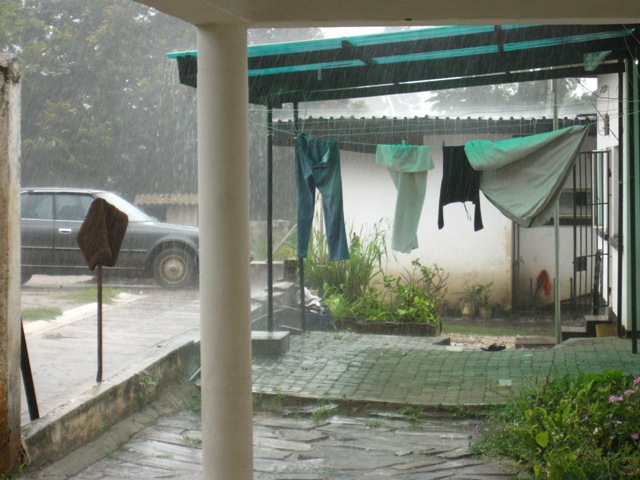
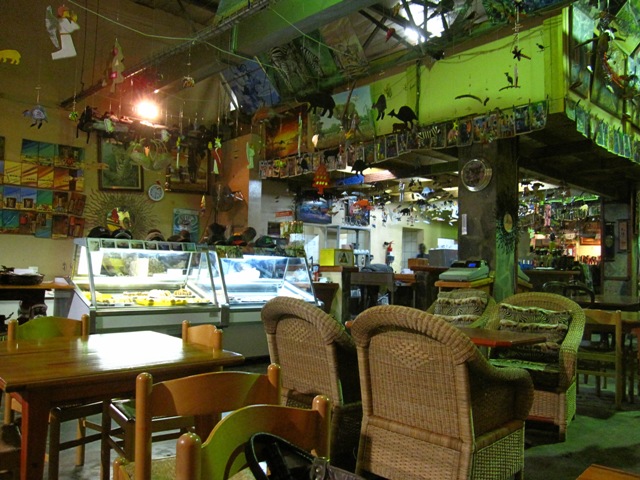
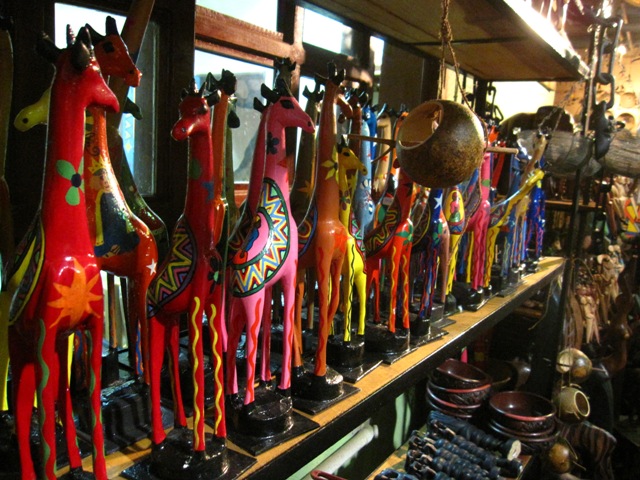

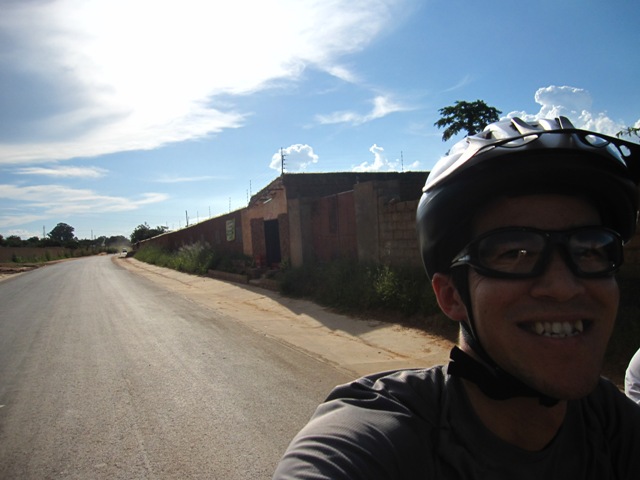
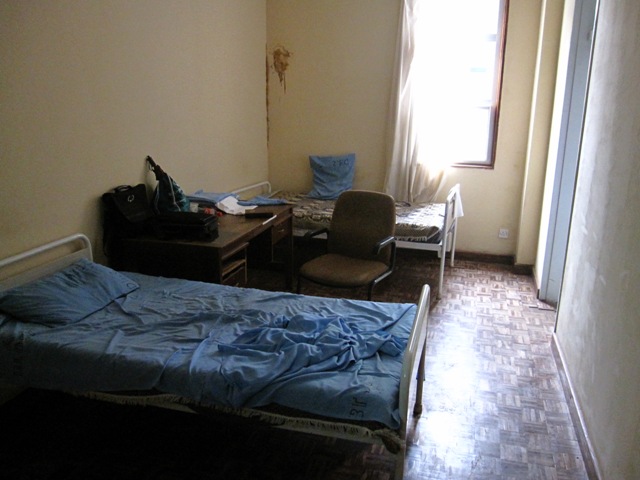
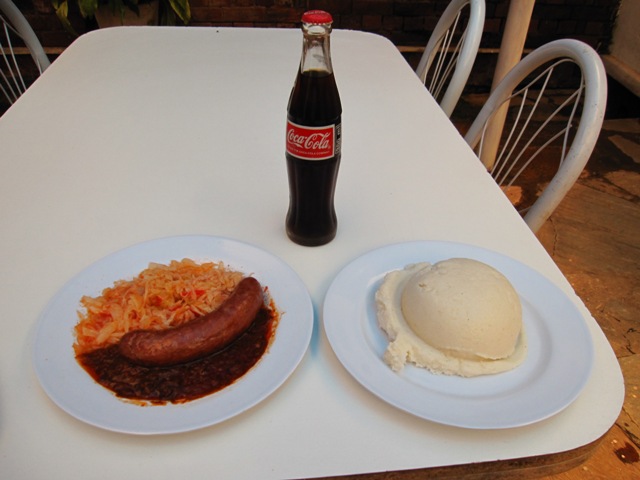
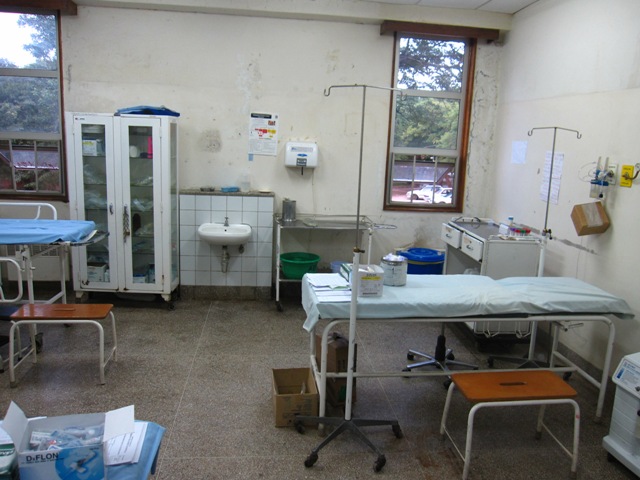
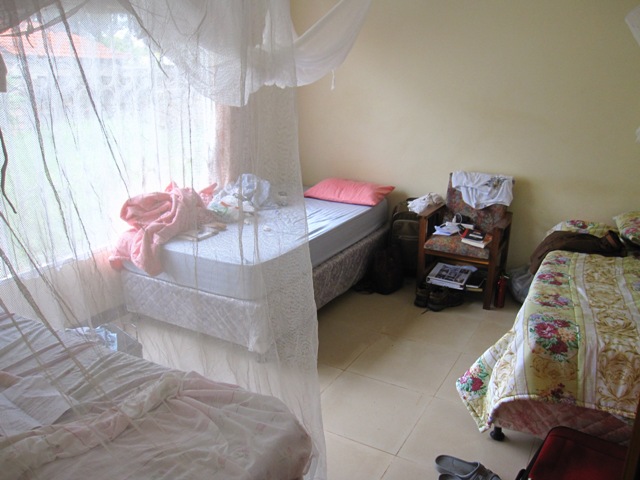
This Post Has 0 Comments